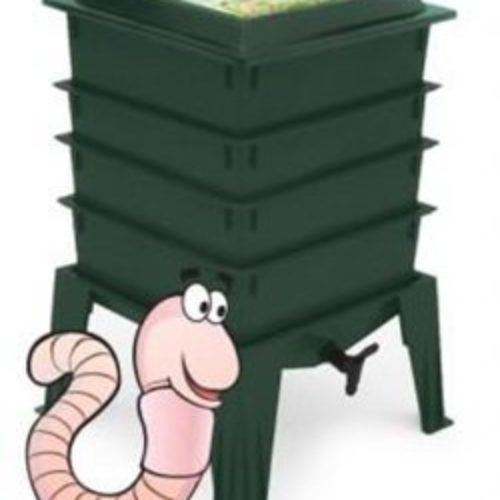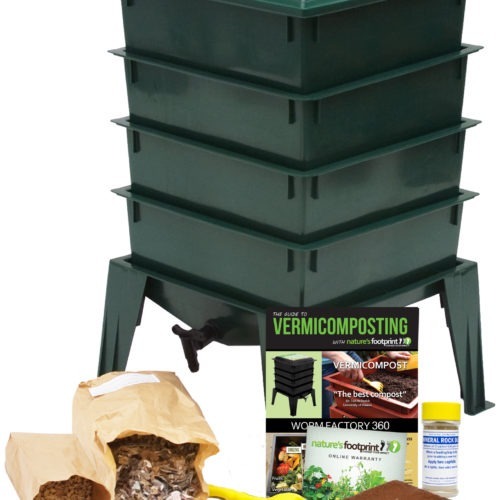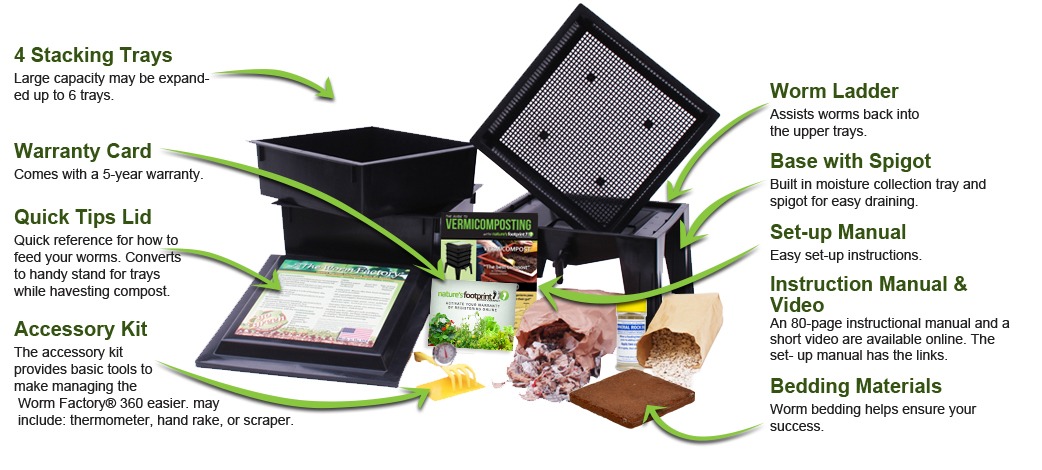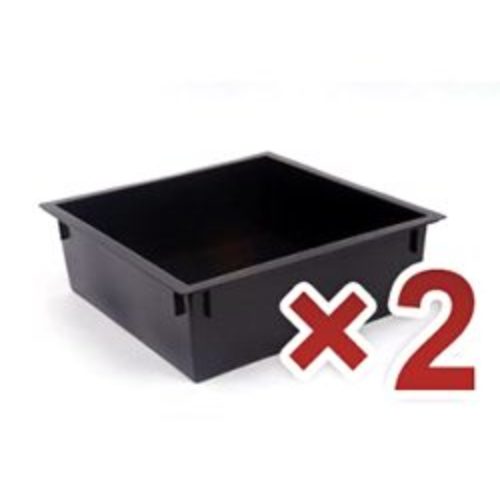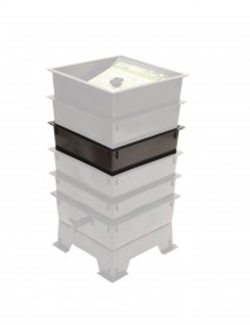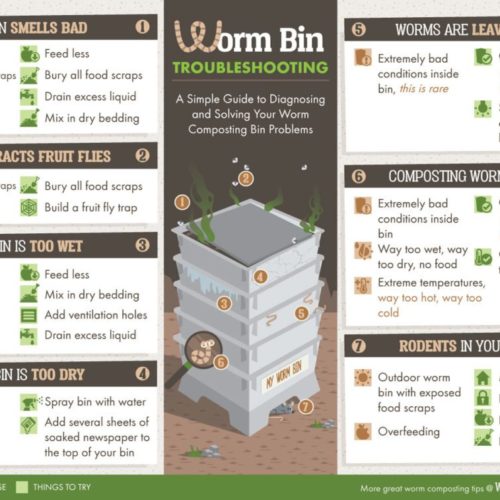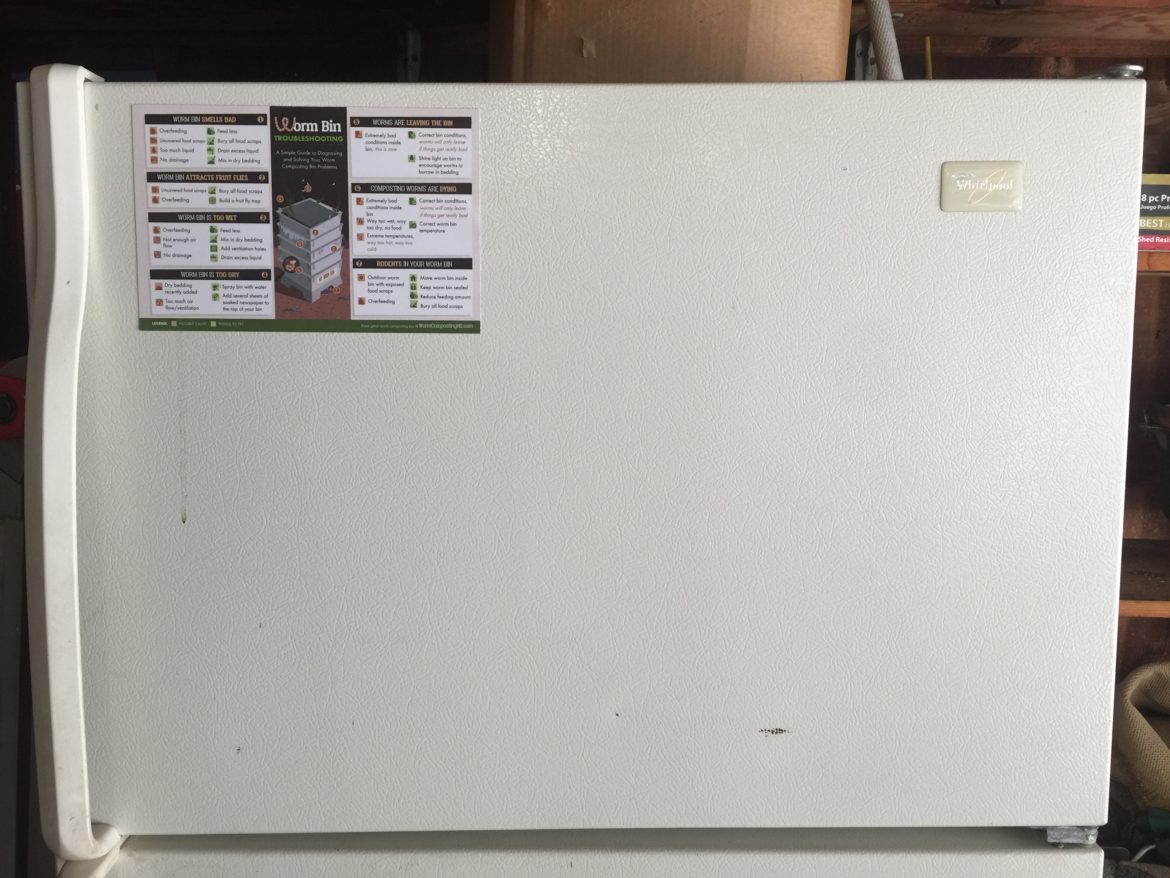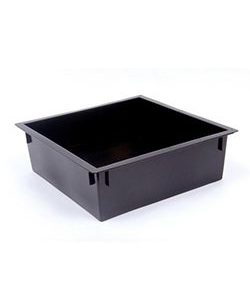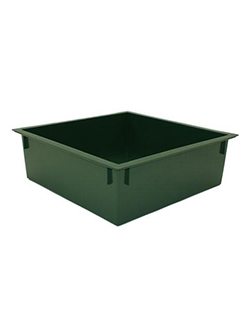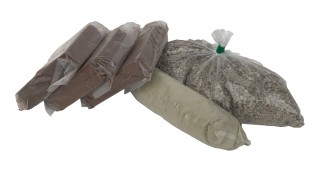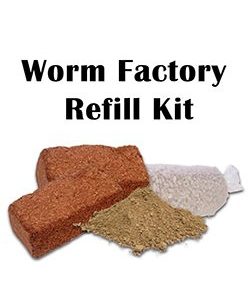 8 Steps to Increasing Worm Casting (Worm Compost) Production
8 Steps to Increasing Worm Casting (Worm Compost) Production
Most worm composters have two goals:
- responsibly dispose of their food scrap waste
- produce valuable worm compost for use on their garden or plants.
Follow the below tips if you want to maximize the worm compost output of your worm bin. This takes more work from you, the worm farmer, but it will result in more worm castings faster.
- Start your worm bin with at least 1 lb of red wiggler composting worms, more if you can afford it.
- Use a larger worm bin. Either make a large homemade version or purchase a larger worm bin. I prefer the commercially available worm bins with trays because they make harvesting your worm castings much easier. My favorite is the Worm Factory 360.
- Toss a handful of finished compost in your worm bin. This not only gives your composting worms the grit (tiny bits of sand and dirt) that they need to grind up their food in their gizzards, it also helps by adding beneficial microorganisms that help your worms break down food scraps.
- Chop or grind all your food scraps to make it easier for your composting worms to eat. The smaller the particle size the better.
- Cook or microwave large tough pieces to help your worms access it faster. Remember worms don’t have teeth. They need to wait until food scraps begin to decay and soften before they can eat them.
 Feed your worms multiple times per week. Check your worm bin daily. You don’t want your composting worms to ever run out of food.
Feed your worms multiple times per week. Check your worm bin daily. You don’t want your composting worms to ever run out of food.- Slightly over feed your worms to encourage population growth.
- Harvest worm compost on a regular basis.
Follow these tips and your worm composting bin will crank out it’s max capacity of worm compost. Remember brand new worm bins take several months to get established and start producing worm castings. Even if you follow all the tips above it will still take new worm bin 3 to 6 months before your first harvest.
-
Out of Stock
Worm Factory 360 With Worms
Select optionsWorm Factory 360 With Worms
$169.95 – $179.95SaleWorm Factory 360
Select optionsWorm Factory 360
$129.99 – $149.95



